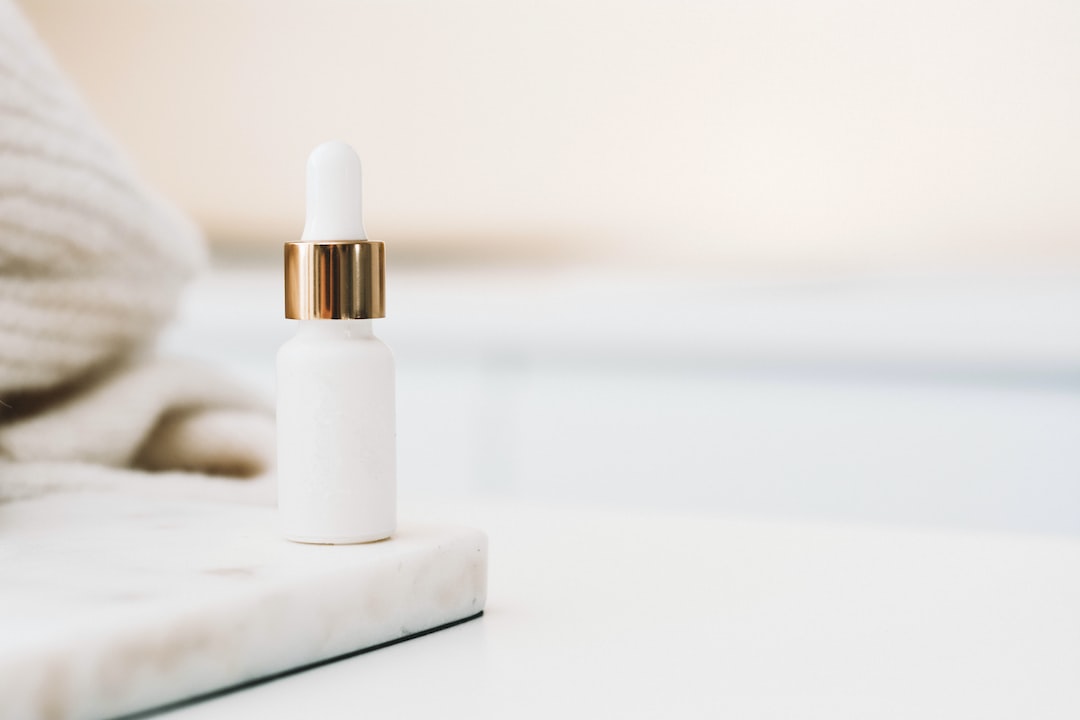The Art of Contouring: Enhancing Your Facial Features
Have you ever wondered how celebrities and beauty influencers achieve those perfectly sculpted facial features? It may seem like magic, but the secret lies in a technique called contouring. Contouring has become a popular makeup trend that can transform and enhance your facial features, giving you a more polished and defined look. In this blog post, we will explore the art of contouring and provide you with some tips and tricks to help you master this technique.
Contouring involves the use of light and dark shades to create shadows and highlights on your face, ultimately shaping and defining your features. By strategically applying these shades, you can create an illusion of a slimmer nose, higher cheekbones, a sharper jawline, and even a more prominent chin. The key is to understand your face shape and use contouring to enhance your natural beauty.
Before we dive into the art of contouring, it’s important to start with a clean, moisturized face. Applying a primer before your foundation will help create a smooth canvas for your makeup. Choose a shade of contour powder or cream that is one to two shades darker than your skin tone. Similarly, select a highlighter, either a powder or cream, that is one to two shades lighter. You can also use a matte bronzer for contouring purposes.
To start contouring, focus on the areas you want to define. If you have a round face and want to create more definition, apply the contour shade along the perimeter of your face, blending it towards the center. This will help slim down and elongate your face. For those with a prominent forehead, apply the contour shade along the hairline to make it appear smaller.
Next, let’s move on to the cheeks. To create the illusion of higher cheekbones, apply the contour shade just below your cheekbones and blend it upwards towards your temples. This will help create the desired sculpted effect. If you have a square jawline, shade along the jawline using the contour shade to create a softer and more feminine look.
Contouring your nose can make a significant difference in your overall appearance. For those with a wide nose, apply the contour shade on the sides of your nose, blending it outwards towards your cheeks. This will create a slimmer and more defined nose. Alternatively, if you have a long nose and want to make it appear shorter, apply the contour shade on the bottom of your nose, right above the tip.
Once you have applied the contour shade, it’s time to use the highlighter to draw attention to the areas you want to emphasize. Apply the highlight shade on the high points of your face, such as the tops of your cheekbones, the bridge of your nose, the center of your forehead, and your cupid’s bow. Blending is crucial to achieving a natural-looking finish, so be sure to blend the shades seamlessly using a brush or sponge.
To set your contour and highlight, you can use a translucent powder to ensure everything stays in place. This will also help blend the shades even more seamlessly into your skin.
Contouring is not limited to just the face – you can also enhance other parts of your body, such as your collarbones and décolletage, by applying contour and highlight shades. This can be especially useful for special occasions or photoshoots when you want to showcase your best features.
Remember, practice makes perfect when it comes to contouring. It may take a few tries to get the technique right and find the shades that work best for your skin tone. Experimentation is key, so don’t be afraid to try different products and techniques to achieve the desired results.
In conclusion, contouring is a remarkable skill that can transform your facial features and enhance your natural beauty. By understanding your face shape and using light and dark shades strategically, you can create a more sculpted and defined look. With practice and experimentation, you can master the art of contouring and achieve that flawless, camera-ready appearance. So grab your brushes and get contouring!

